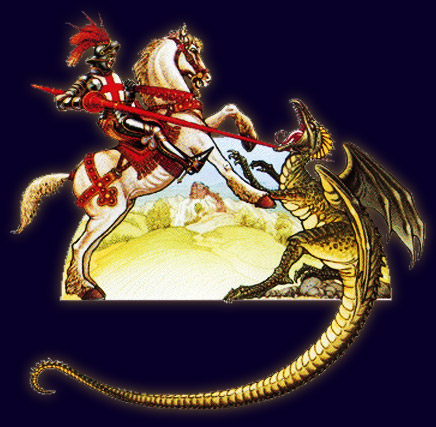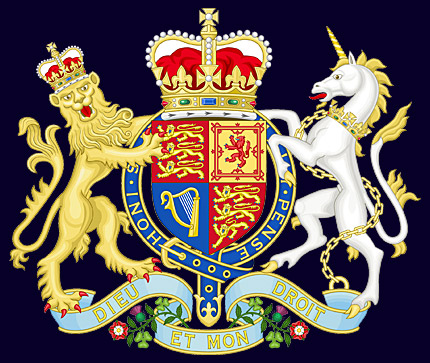The Triumph of St. George
A pagan resurgence comes in the form of the Viking Raids of the eighth to eleventh centuries before the Norman conquest of 1066 paves the way for a truly Christian country to emerge.
In the twelfth century, the first written accounts of the legends of King Arthur start to appear. The Arthurian romances are part of a wider trend in the literature of the time to elevate the status of the Feminine. This is symptomatic of a desire in the group consciousness to achieve wholeness: to unite all three parts of the emerging group soul – Thought, Will and Feeling.
But the deeper Mysteries have retreated; the Celtic worldview is not integrated with the emerging nation of England. England becomes a country where industry and progress are favoured over a deep connection to the land.

It is also in the twelfth century that England first adopts the Cross of St. George as its flag. The dragon slayer is an appropriate choice of patron saint for a country in which Will and Thought claim mastery over Feeling. The imagery is particularly evocative given what is today depicted on the Welsh flag.
The most famous legend associated with the red dragon of the Celts is the prophecy of Myrddin (Merlin), which tells of a long struggle between a red and white dragon. Initially gaining the upper hand, the fate of the dragons will finally be decided when the red dragon reclaims its sovereignty over the ancient lands of Logres.
The dominance of Thought over Feeling can also be seen reflected in the Royal Coat of Arms of the United Kingdom. A lion and a unicorn, representing England and Scotland respectively, flank the shield. But they are not equals. The lion wears the crown proudly upon his head; the crown of the unicorn, an animal that evokes the mythical nature of the Celtic tradition, has slipped. It now sits around the animal’s neck, a collar from which the beast is chained.

As Britain becomes a major player in the evolution – and globalisation – of the western world, so the divisions existing within this small island country are projected outwards onto a vast canvas, shaping the greater world in which we live.

 TOP
TOP NEXT
NEXT